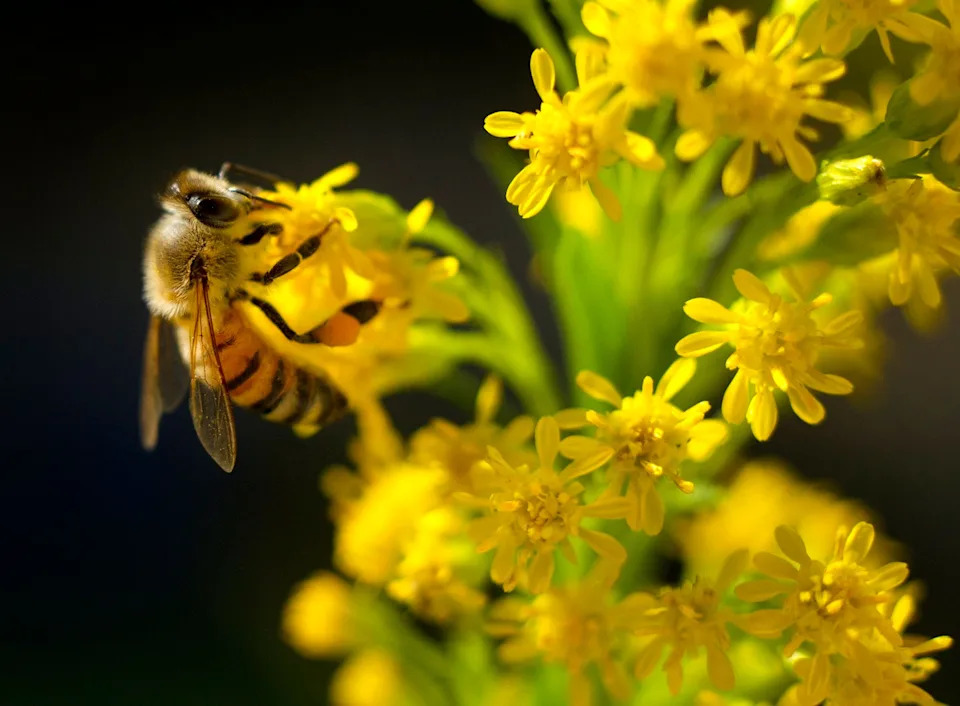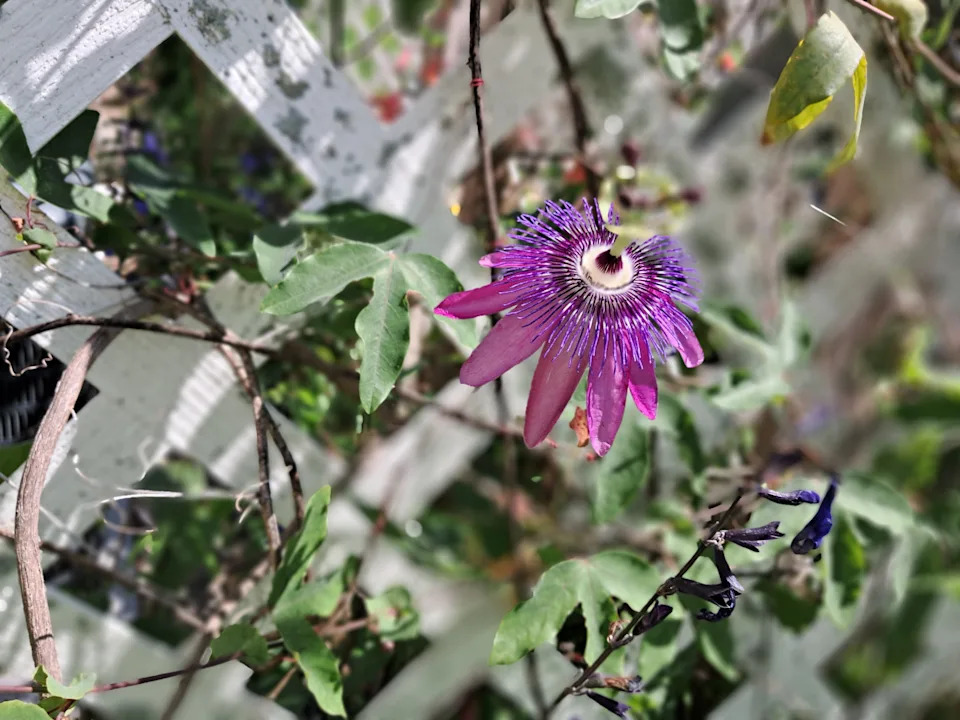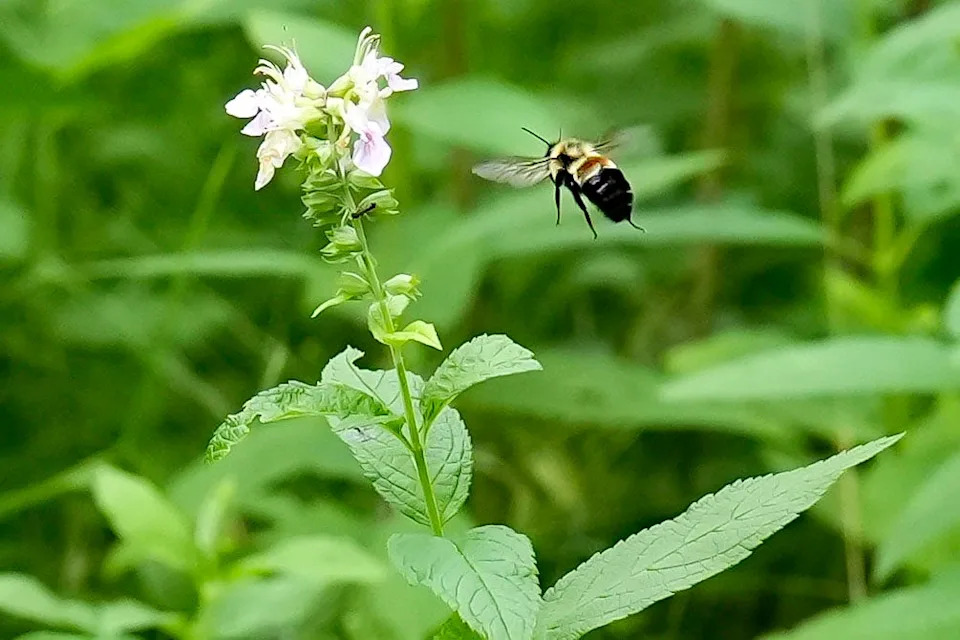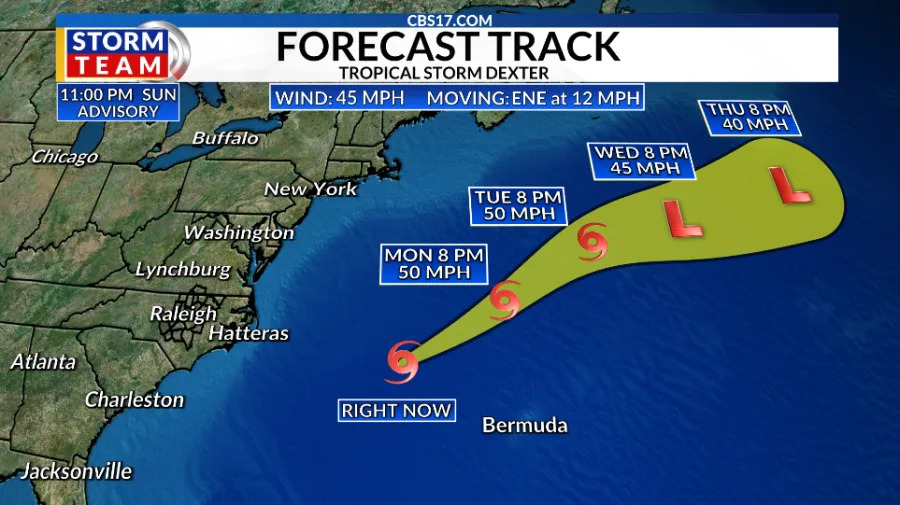Native plants are well adapted to local climate, offering a number of benefits including providing habitat and food for native wildlife like pollinators.
“Native plants do provide a lot of benefits,” said Carlee Steppe, a conservation botanist with Wildlife Conservation at the Wildlife Resource Division. “The number one thing that causes species to go extinct is habitat fragmentation.”
Steppe said there are more lawns in the country than there are protected areas.
"That's certainly true in the state of Georgia,” she said. “Ninety percent of the state of Georgia is owned by private land owners. The state owns less than 7% of protected property. That includes all of our state parks and all of our wildlife management areas. People have provided a lot of habitat in their lawns to species.”

Habitat Fragmentation
Steppe said an example of habitat fragmentation is building a road in the middle of a prairie.
“A road in the middle of a Prairie forces insects and vertebrates to cross that road,” said Steppe. “Passing cars are a threat to butterflies, bees and other pollinators. So those kinds of things prevent species from being able to live.”
Native plant recommendations according to Steppe:
Fragrant Sumac: Provides cover and food for birds and small mammals.
Sweet Goldenrod: Great for many bee species and leaves used for herbal tea.
Passionflower: Attracts various species of butterflies.
Smooth Phlox: Host plant for beetle, moth and butterfly species.

Adding native plants to your garden space, designing and maintaining it in a natural, sustainable way, can restore habitat for wildlife, according to experts with the National Wildlife Federation. Landscapes with at least 70% of native plants add a significant benefit to native wildlife.
“Native plants means plants that were here to begin with,” said Campbell Vaughn, University of Georgia extension agent. “They're used to our climate. In other words, they're going to do well. There are plenty of plants that aren't going to be invasive, that are exotic, and they're fine here. But it's nice to plant native plants. The birds are native, the other plants are native and they’ll collaborate well together.”
Steppe said Georgia is a stopover point during migration for monarch butterflies, birds and insects.
“They migrate all the way from Mexico up to Canada,” said Steppe. “They'll stop in Georgia as a respite and get food. So it's really important to be able to provide that habitat in your yard, if you can.”

Benefits of native plants according to the U.S. Forest Service:
Native plants do not require fertilizers and require fewer pesticides than lawns.
Native plants require less water than lawns and help prevent erosion.
Native plants help reduce air pollution.
Native plants remove carbon from the air.
Steppe said knowing the difference between native and non-native plants is key.
“It’s a really complicated issue,” said Steppe. “First off, most consumers want native plants in their yard. Studies have shown once consumers know the benefits of native plants 60% of consumers will plant natives in their yards. But a lot of large box stores don't carry native plants. Some don't advertise which plants are native and which are non-native.”
Native plant species, according to the Georgia Native Plant Society, include:
Jewelweed
Scarlet sage
Cinnamon fern
Ebony spleenwort
Steppe said the system is set up in a way where non-native plants are easier to grow.
“We've been growing ornamental roses for hundreds of years,” said Steppe. “But a lot of our native plants are newer to the horticultural industry. So there's just not as much infrastructure set up to grow and propagate those plants. That's why it's super important to support local nurseries that are doing that work.”
This reporting content is supported by a partnership with several funders and Journalism Funding Partners.
Erica Van Buren is the climate change reporter for The Augusta Chronicle, part of the USA TODAY Network. Connect with her at [email protected] or on X: @EricaVanBuren32.
This article originally appeared on Augusta Chronicle: Native plants provide food, shelter to pollinators and wildlife





Comments